Today (January 10), the working delegation of the National Assembly's Committee on Science, Technology and Environment (KHCN&MT) led by Mr. Ta Dinh Thi, Deputy Chairman of the Committee, conducted a survey in Hai Phong to serve the review of the draft Law on Railways (amended).
Railway development cannot be delayed
Speaking at a working conference with the Hai Phong City People's Committee, Mr. Ta Dinh Thi emphasized: Railway development cannot be delayed any longer. To do so, there must be a breakthrough in institutions. Institutions must be one step ahead.
The revised Railway Law was created to remove bottlenecks, requiring creation and development. Barriers, especially procedural ones, must be eliminated. The law must be accurate and correct, meet requirements, be highly feasible and have a long life.
Regarding the development of railways in Hai Phong, Mr. Thi said: Hai Phong has all 5 modes: Road, railway, inland waterway port, seaport and airport. It is necessary to connect these modes, including connecting railways with seaports because railway transport is cheap, has large volume, and reduces logistics costs. It is necessary to ensure everything from planning, investment to implementation and state management.
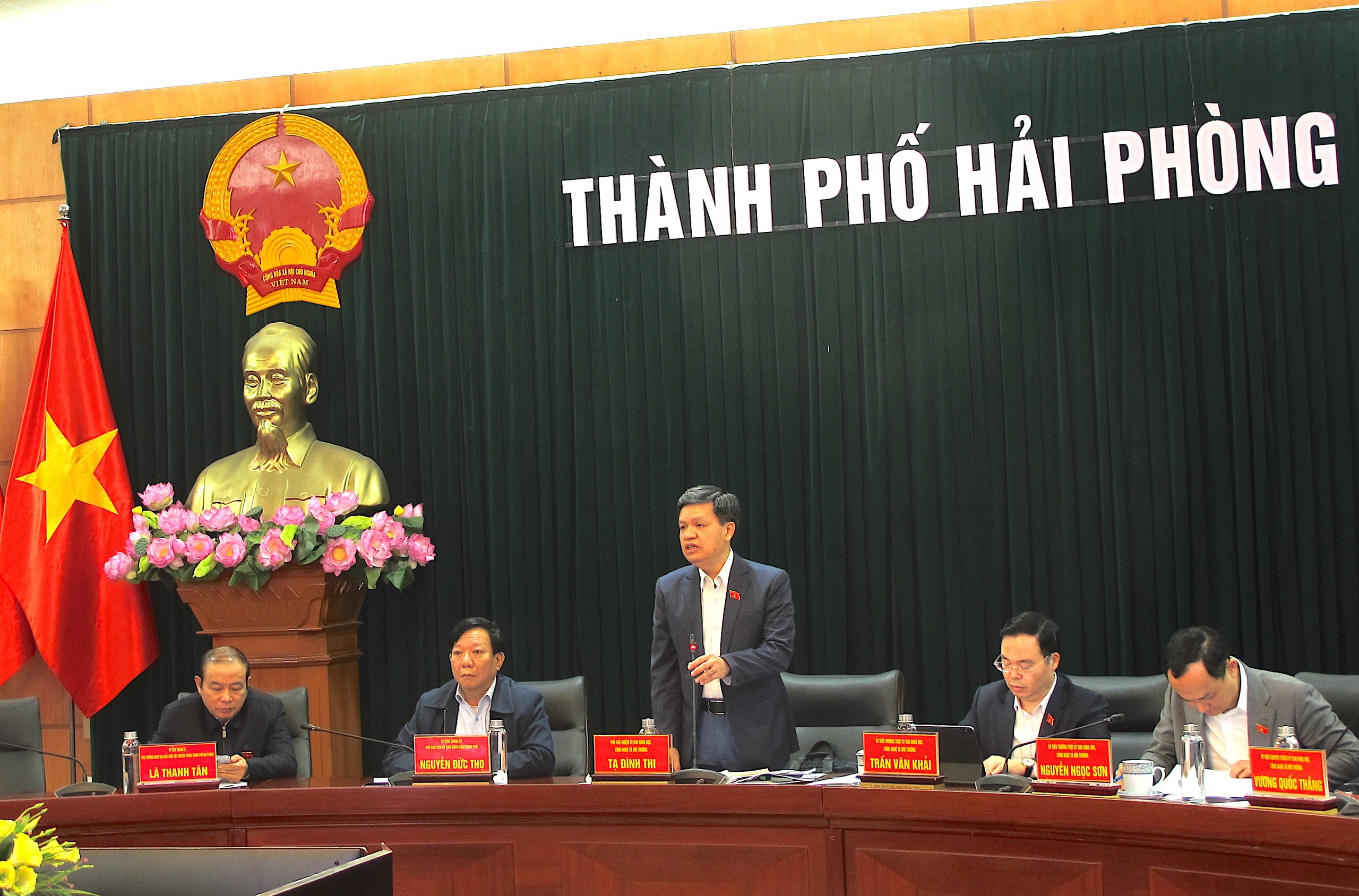
Vice Chairman of the National Assembly's Committee for Science, Technology and Environment Ta Dinh Thi emphasized that it is necessary to amend the Railway Law to create a corridor for railway development.
"We talk about developing the market, the railway ecosystem, and logistics without regulations and legal corridors, it cannot develop. Hai Phong needs to have specific opinions on the contents of mobilizing social capital, on allocating land and space for railway development to be truly effective. We need to pay attention to clarifying the connections and must start from planning. From there, it is clearly stipulated in the Law, along with specific policies," Mr. Thi emphasized.
Mr. Nguyen Duc Tho, Vice Chairman of Hai Phong City People's Committee, said that in recent years, the volume of goods through Hai Phong port has been about 200 million tons, but the transport by rail has only been about 700,000 tons, accounting for less than 0.03%. Meanwhile, the demand for goods through the port is forecast to increase to 300 million tons by 2030, and roads will not be able to handle it. Therefore, it is necessary to promote the development of railways to collect and transport goods; it is necessary to invest in railways connecting to seaports, ICDs, established industrial parks and potential areas such as Nam Do Son area.
"However, there needs to be a mechanism to attract socialized capital. For example, the railway at the station area is invested by the State, but the station, auxiliary works, and services are for investors, including investors in ICDs around the station. When the State finishes the railway, the other areas will also be completed, and can be exploited synchronously," Mr. Tho suggested.
At the conference, delegates of the working group and departments and localities of Hai Phong City raised many issues that need to be clarified, specifically in the Draft Law on infrastructure investment connecting transport modes, mobilizing non-state capital, etc. Especially for a city that is a logistics center and a large seaport in the North like Hai Phong, there needs to be specific regulations to develop a railway network including national railways, urban railways and specialized railways.
Responding to the delegates’ opinions, Mr. Tran Thien Canh, Director of the Vietnam Railway Authority, said that the biggest problem Hai Phong is currently facing in implementing the current Law is building access roads and fences to eliminate self-made paths. Due to historical factors, the population living on both sides of the railway corridor is dense, so building access roads outside the railway corridor is very difficult due to land clearance problems.
Currently, the problems have been resolved by regulations and policies in the Draft Law. Regarding railway connection, specific regulations stipulate that seaports and airports with a certain capacity must have railway connections. Regarding the exploitation of land funds in the surrounding areas, the Draft Law decentralizes and delegates power to localities, especially in planning, to proactively invest and exploit.
Ms. Tran Thi Minh Hien, Director of the Legal Department of the Ministry of Transport, emphasized that the expectation of the subjects is that the Railway Law (amended) will expand the legal corridor for railway development, especially attracting investment capital to develop railway infrastructure, including socialization. However, to make a breakthrough, in addition to the Railway Law, it is necessary to have regulations from other legal regulations such as the Law on Public Investment, the Law on PPP, etc.
Soon there will be regulations on investment in connecting railway infrastructure
Reporting on the implementation of policies and laws in the railway sector, a representative of the Hai Phong Department of Transport said that Hai Phong is the end point of the 1,000 mm gauge railway line Hanoi - Hai Phong, which connects Hai Duong, Hung Yen, Hanoi to Lang Son, Lao Cai, Thai Nguyen and Ho Chi Minh City.
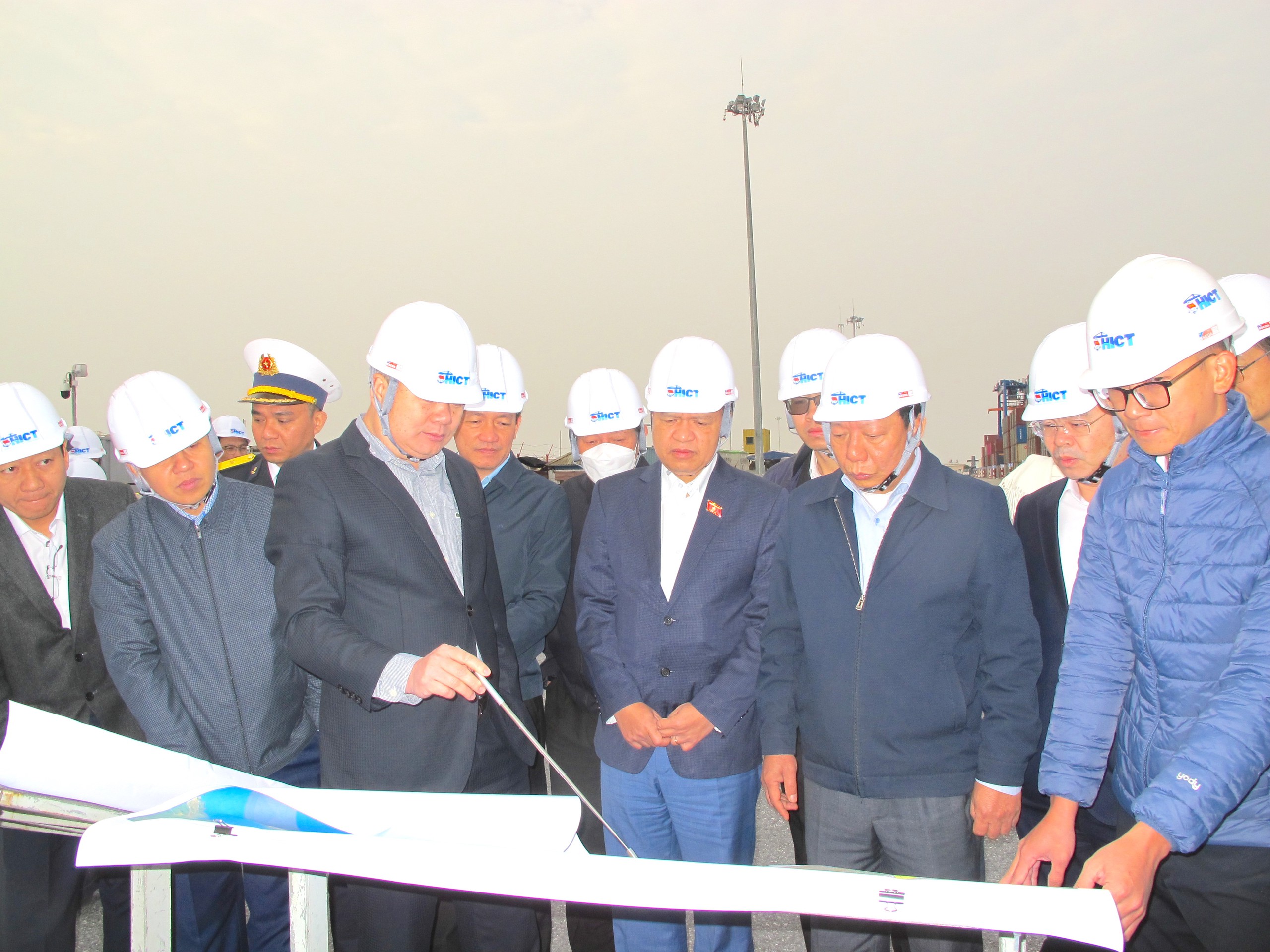
The working group surveyed the proposed location for investment in the railway connection at Lach Huyen port.
For many years, the railway line in Hai Phong city has not changed, the railway infrastructure is old. It has not been connected to other modes of transport besides road, especially seaport areas such as Dinh Vu port, Lach Huyen port, which are container ports without direct railway connection and currently mainly use road transport. Investment is needed to be able to connect to seaport areas that have been invested in and built such as Dinh Vu port, Lach Huyen international gateway port and the planned investment area of Nam Do Son port.
Regarding the implementation of measures to protect and prevent encroachment on railway traffic safety corridors, up to now, the railway safety corridor on the Gia Lam - Hai Phong route in the city has been basically guaranteed, with no constructions directly affecting railway traffic safety. In the past, through many measures and capital sources, fences, access roads, and self-opened paths have been constructed. Of which, in 2023, 8/25 locations were removed; in 2024, 6 access roads and fences were built, 6 locations were removed...
According to the representative of the Department of Transport, after more than 5 years of implementation, the 2017 Railway Law has been effective, gradually meeting the development requirements of the railway sector.
However, during the implementation process, the 2017 Railway Law has also revealed some shortcomings and inadequacies such as: There are no regulations on investment in the construction of local railways to serve the needs of passenger and cargo transportation within the administrative boundaries of a province or centrally-run city to develop the local socio-economy. There are no regulations requiring binding requirements on railway connections to the centers of major urban areas, seaports, airports, and major cargo hubs, so in reality when building seaports, investors do not invest in building railways connecting to ports.
"At the same time, there are no binding requirements for connecting railways with public passenger transport modes in urban centers; or regulations on exploiting land funds in the vicinity of railway stations. Therefore, researching and supplementing the contents in the draft Railway Law (amended) is necessary and suitable for practical needs", said a representative of the Department of Transport of Hai Phong City, and recommended that the Railway Law (amended) should have regulations adjusted and supplemented in accordance with practice and development trends.
At the same time, it is proposed that the draft Law on Railways (amended) includes provisions on regional railways, but it is necessary to clarify whether regional railways will belong to the national railway system or local railways; consider having a mechanism to support central budget capital to develop (invest, manage, maintain) regional railways in the case of belonging to the local railway system.
Source: https://www.baogiaothong.vn/dot-pha-the-che-tao-don-bay-phat-trien-duong-sat-19225011014183639.htm


![[Photo] Prime Minister Pham Minh Chinh chairs the first meeting of the Steering Committee on Regional and International Financial Centers](https://vstatic.vietnam.vn/vietnam/resource/IMAGE/2025/4/3/47dc687989d4479d95a1dce4466edd32)
![[Photo] A brief moment of rest for the rescue force of the Vietnam People's Army](https://vstatic.vietnam.vn/vietnam/resource/IMAGE/2025/4/3/a2c91fa05dc04293a4b64cfd27ed4dbe)
![[Photo] Ho Chi Minh City speeds up sidewalk repair work before April 30 holiday](https://vstatic.vietnam.vn/vietnam/resource/IMAGE/2025/4/3/17f78833a36f4ba5a9bae215703da710)
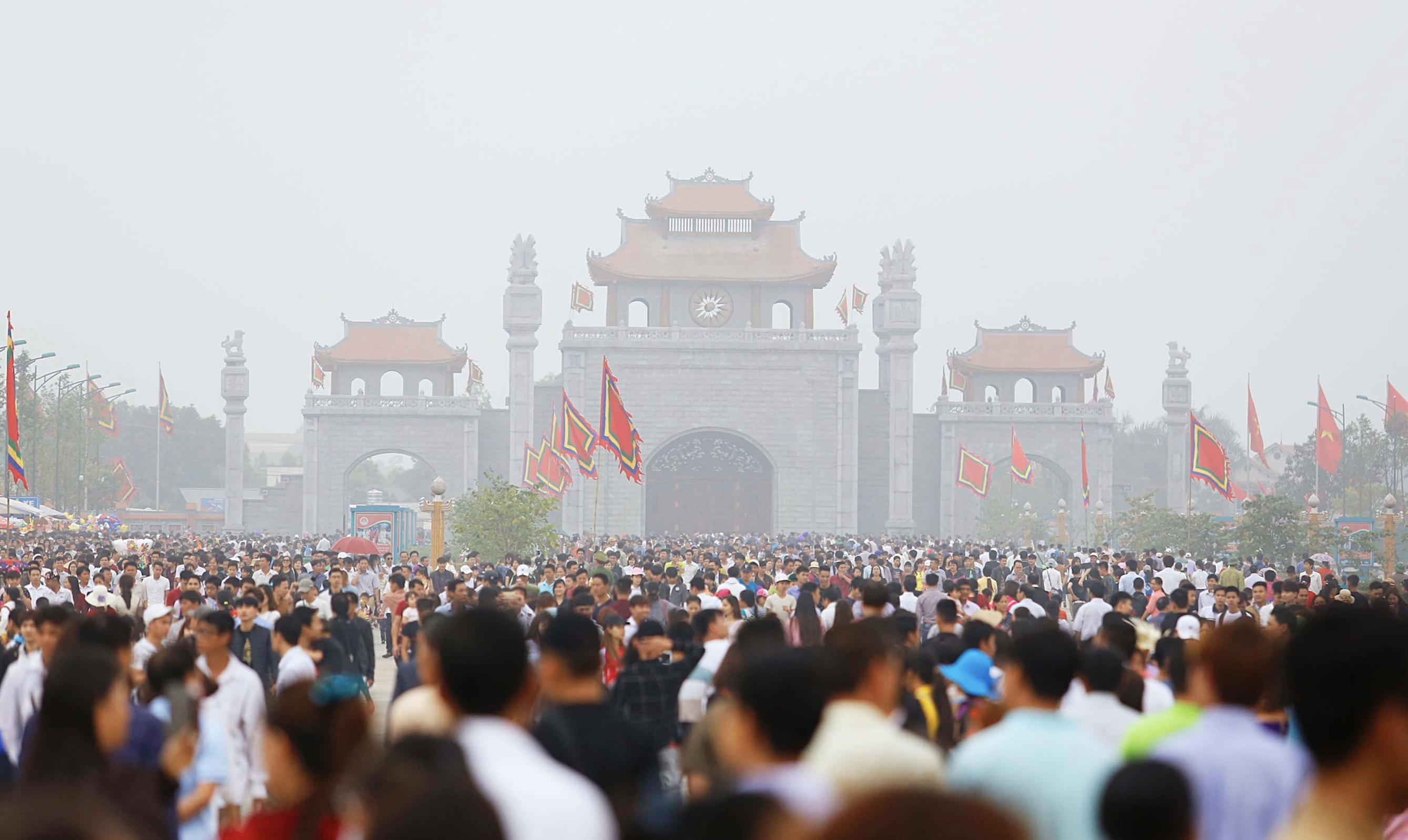
![[Photo] General Secretary To Lam receives Japanese Ambassador to Vietnam Ito Naoki](https://vstatic.vietnam.vn/vietnam/resource/IMAGE/2025/4/3/3a5d233bc09d4928ac9bfed97674be98)
![[Photo] Prime Minister Pham Minh Chinh chairs meeting after US announces reciprocal tariffs](https://vstatic.vietnam.vn/vietnam/resource/IMAGE/2025/4/3/ee90a2786c0a45d7868de039cef4a712)



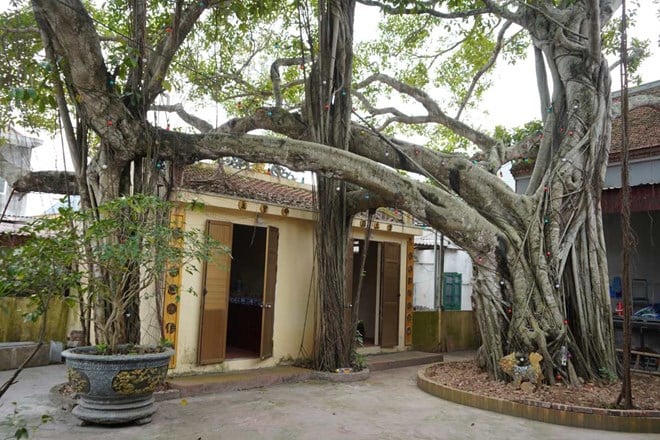

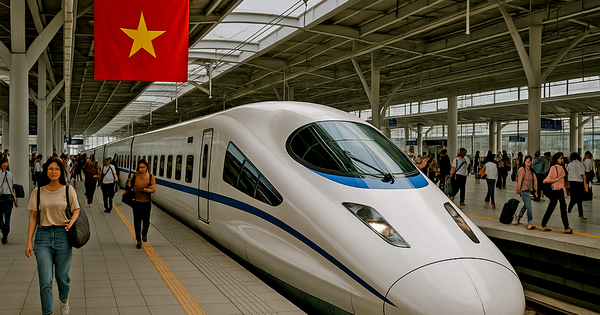



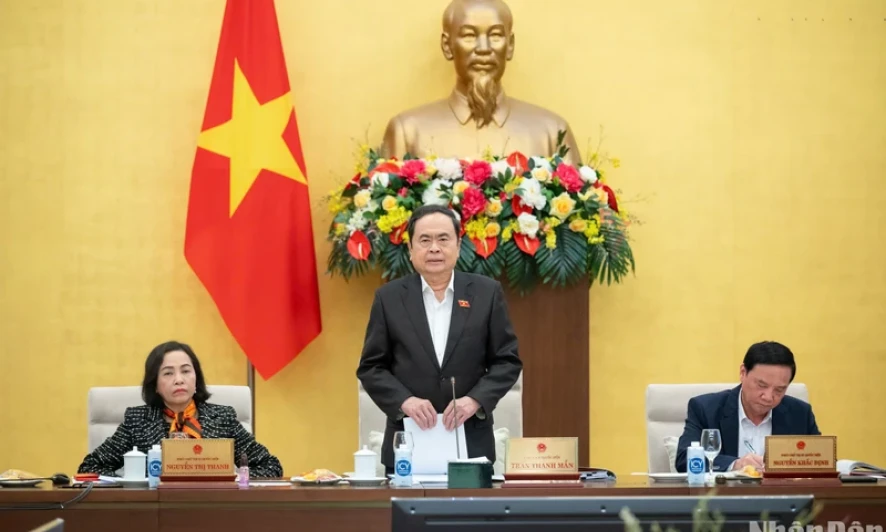

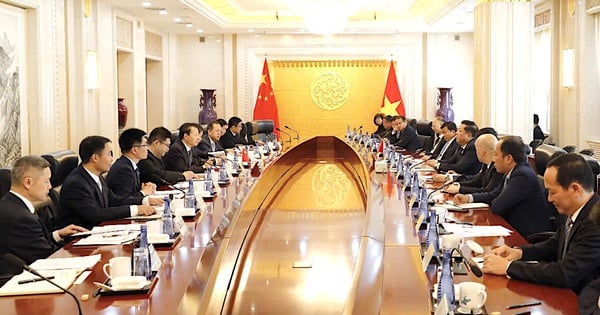
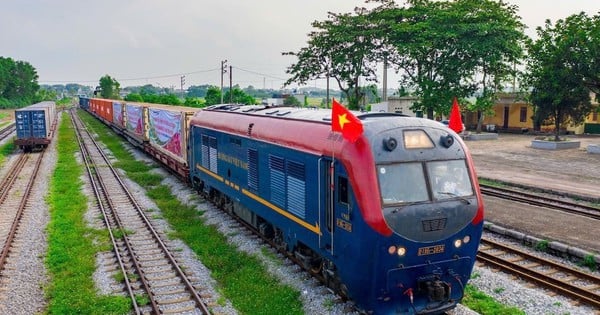













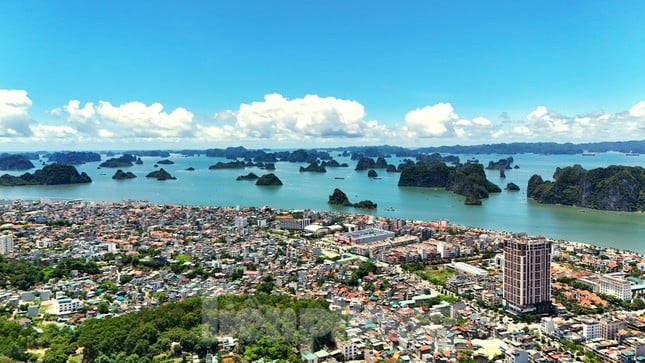

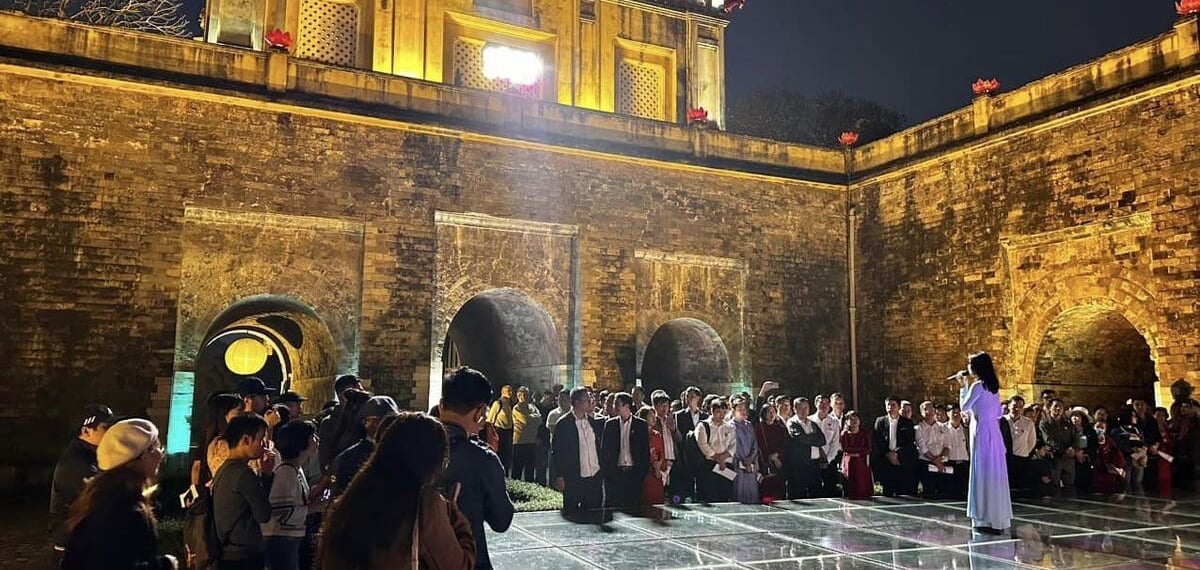

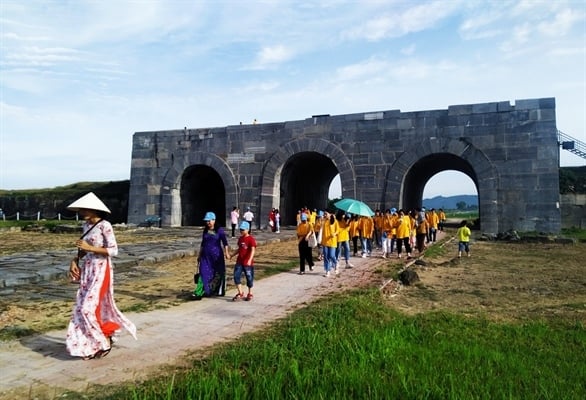

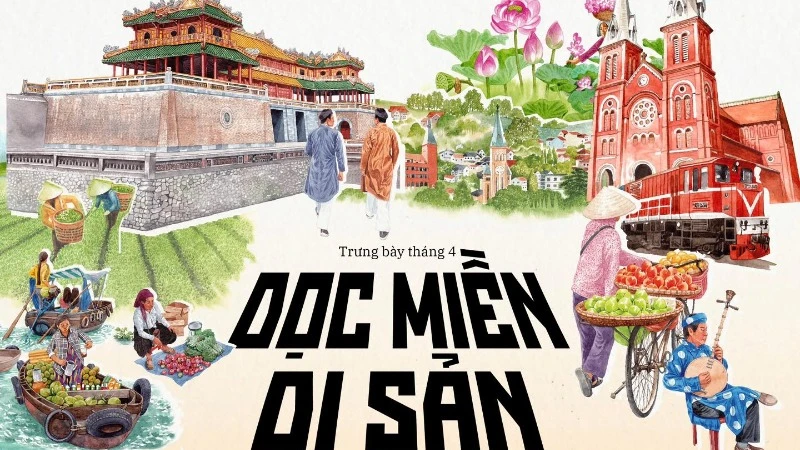

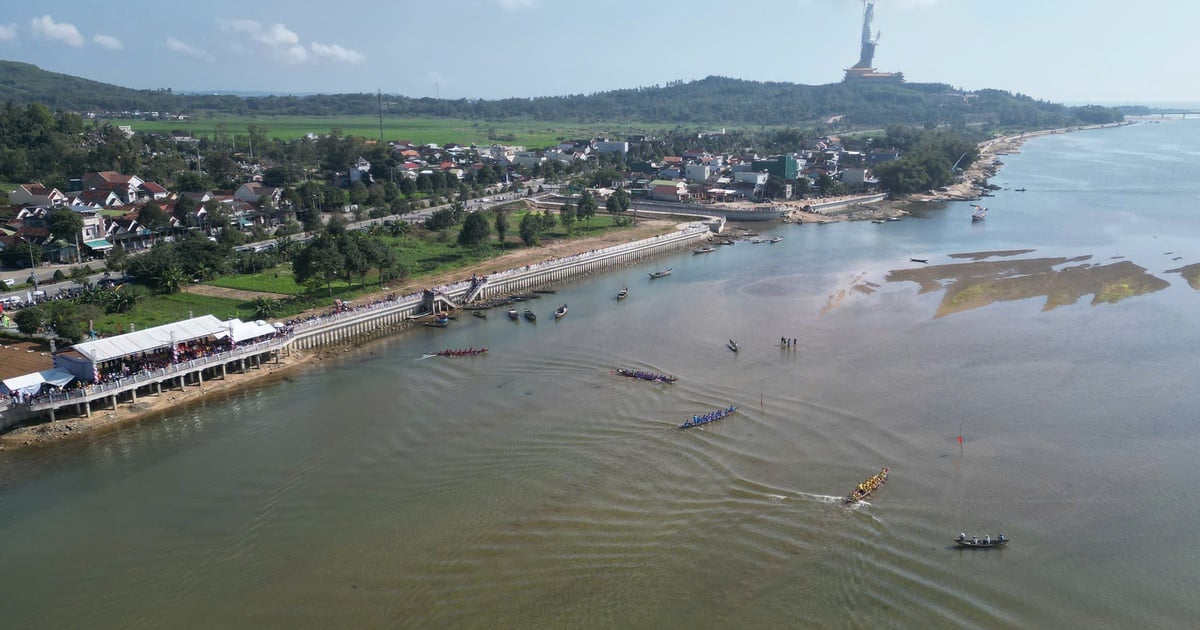






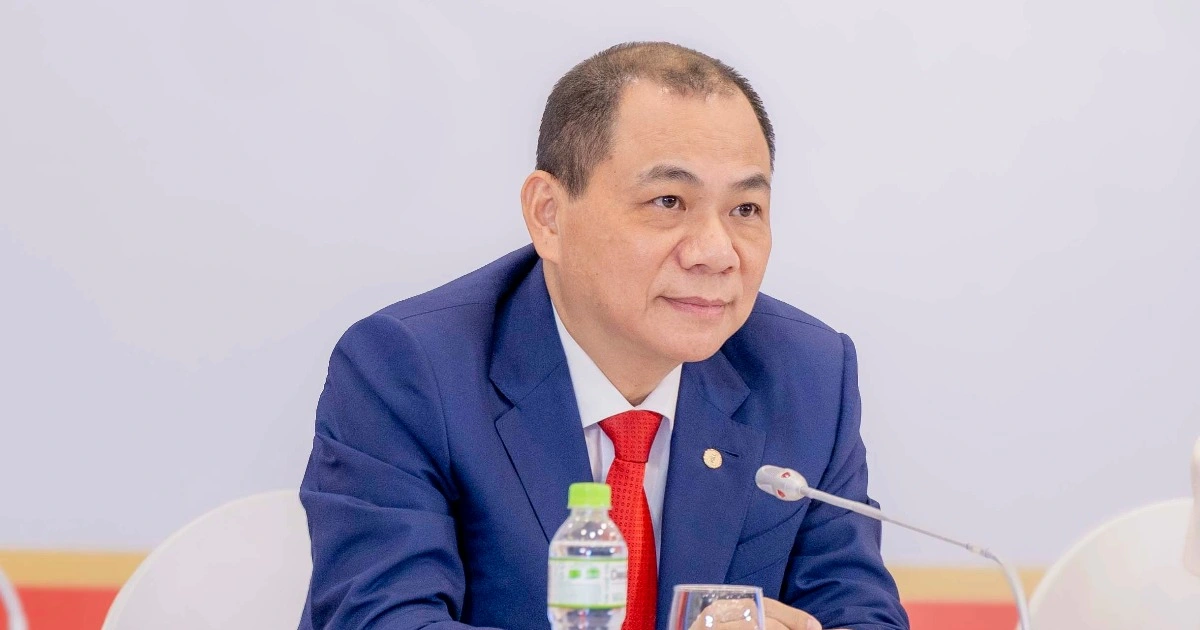












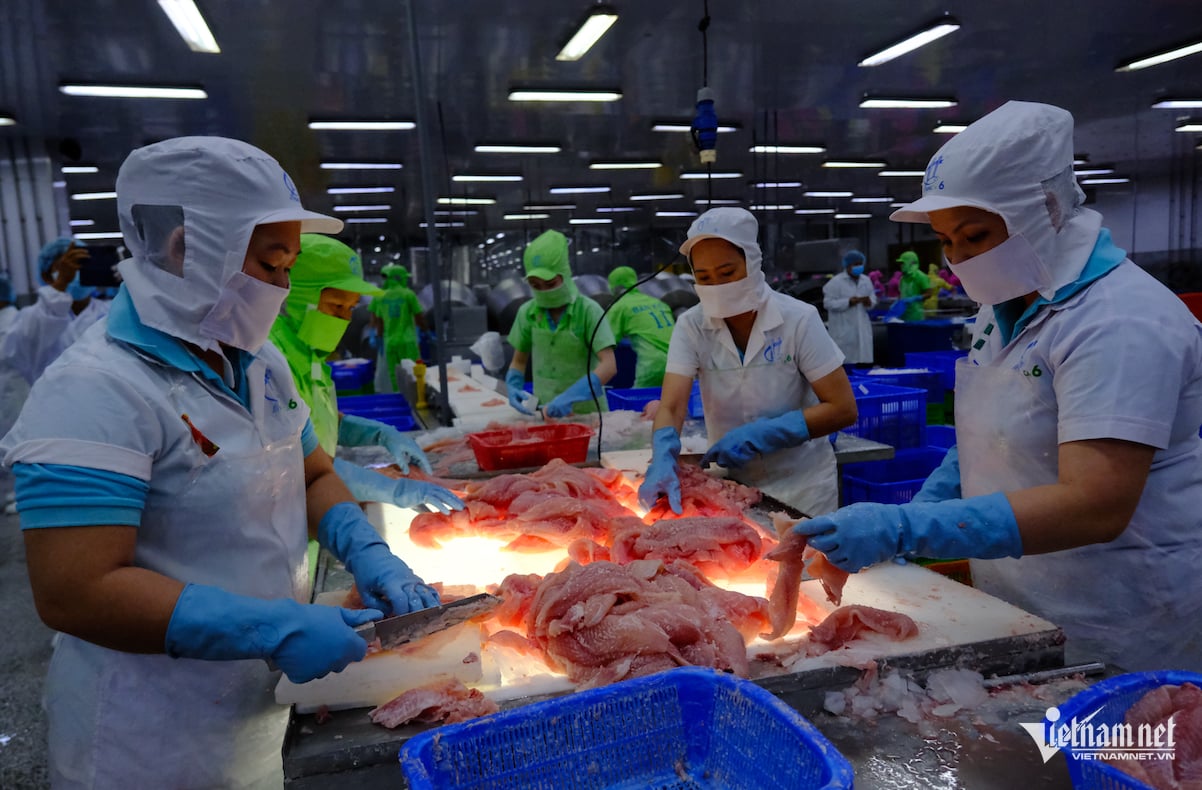









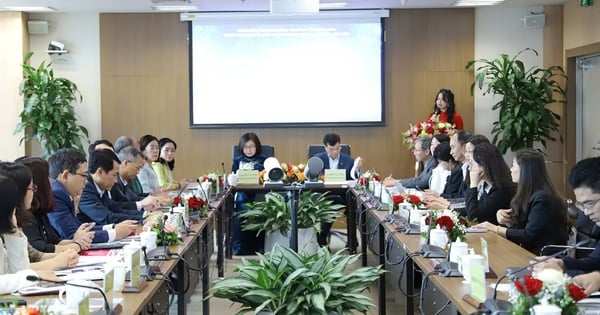






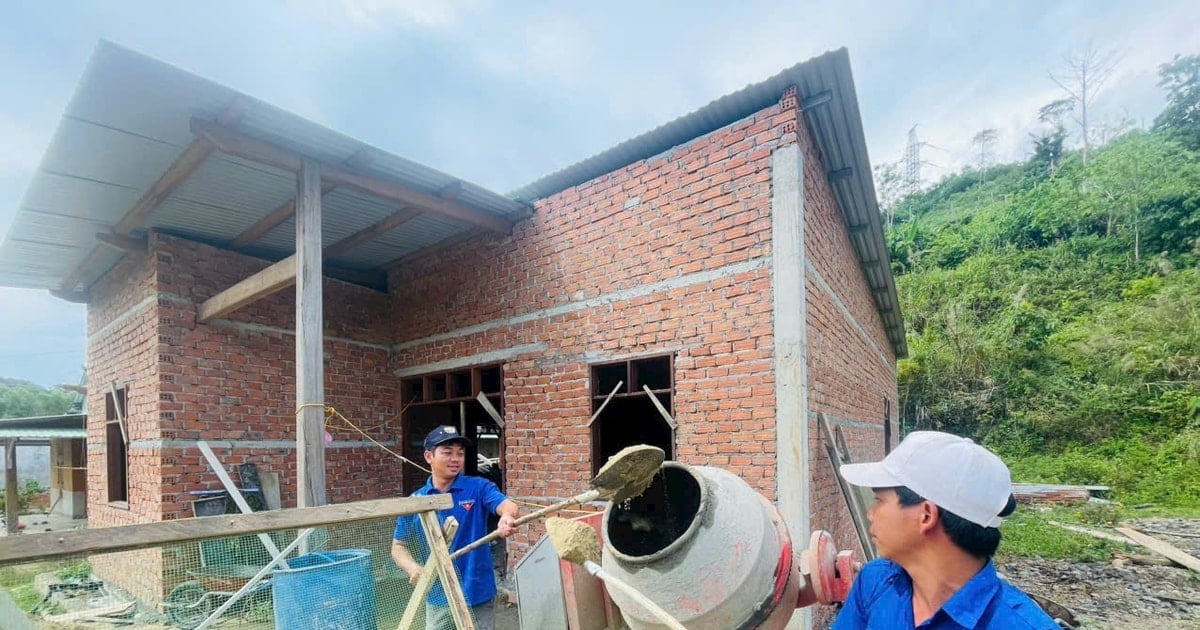


















Comment (0)